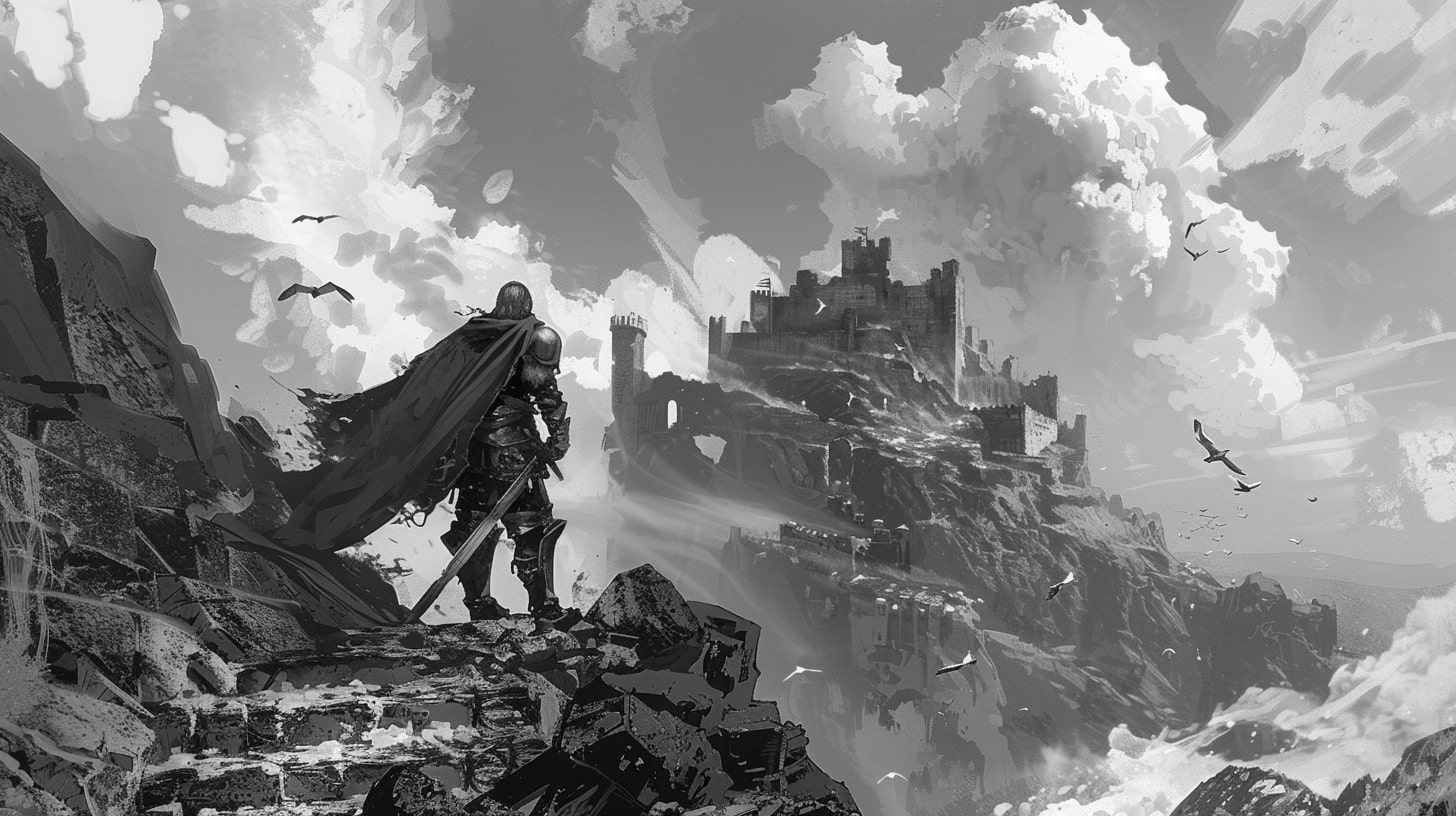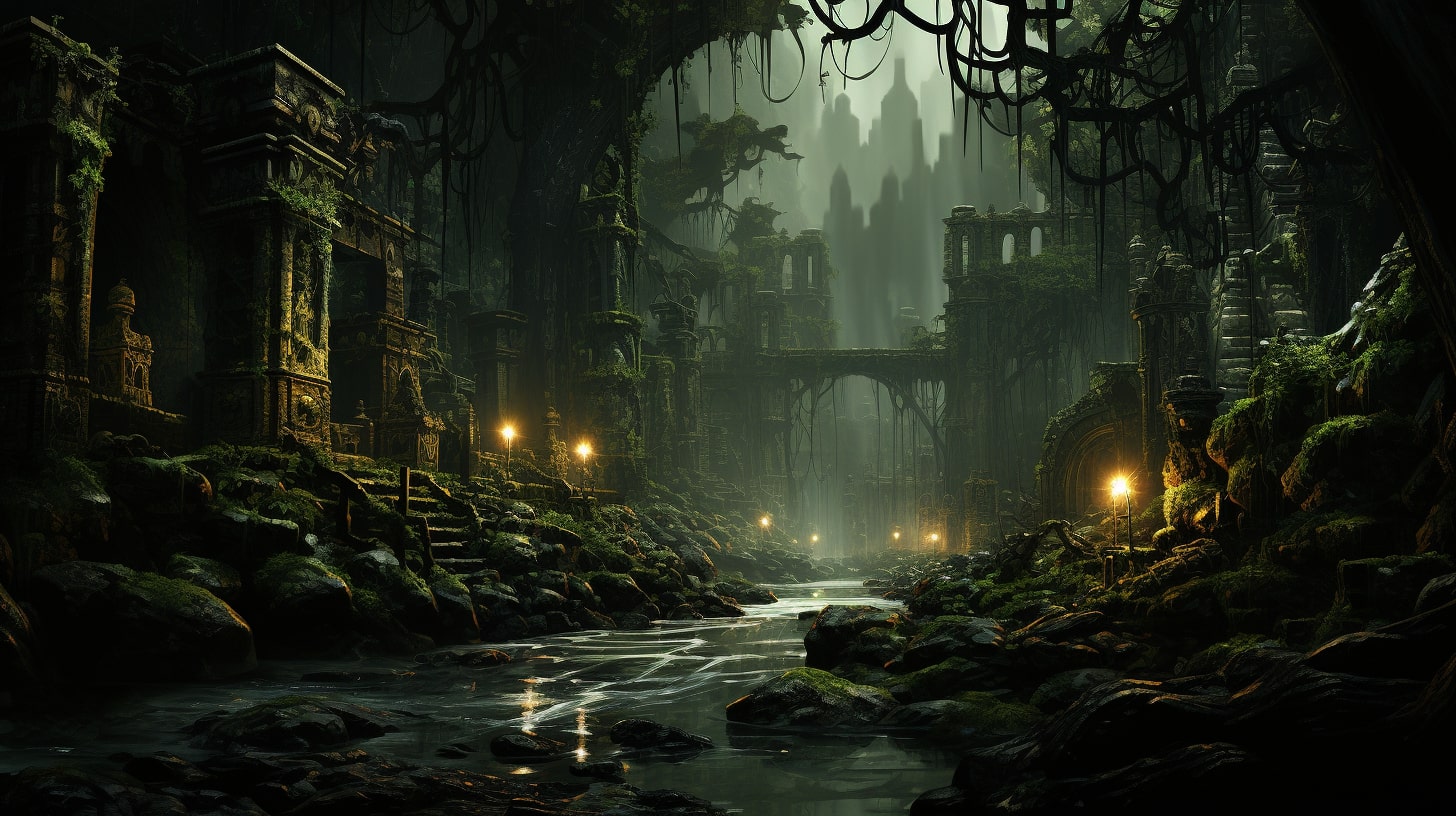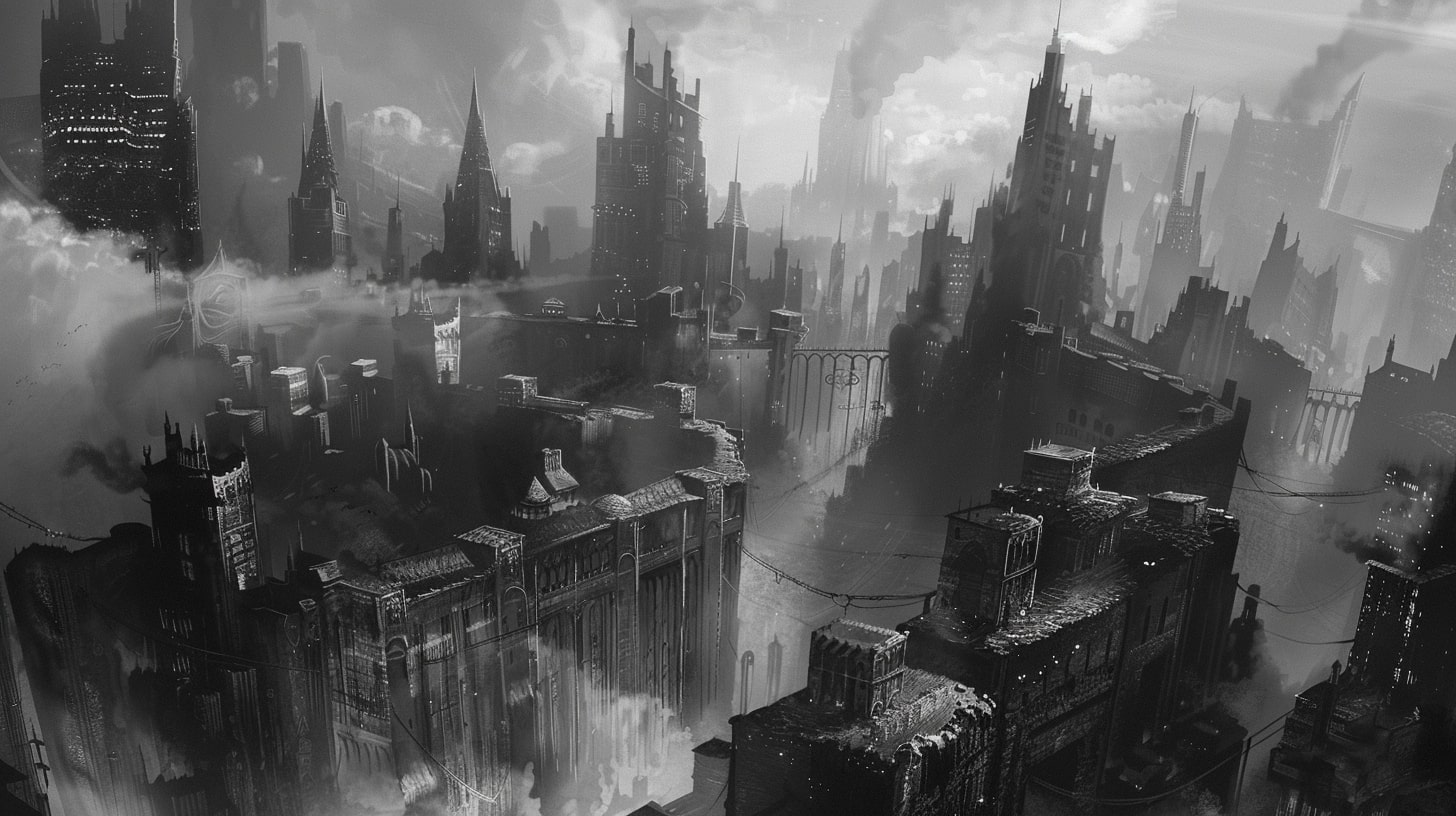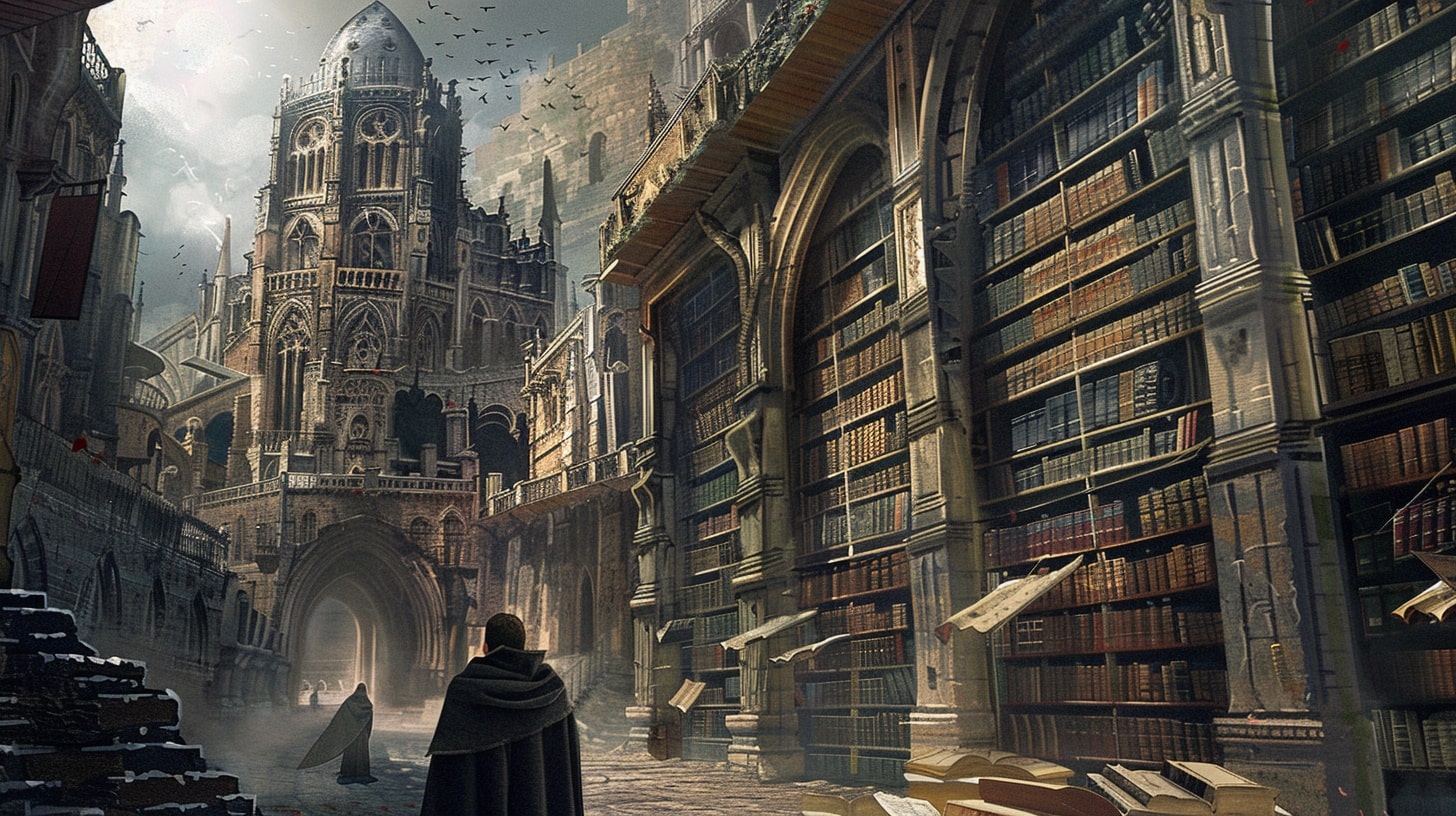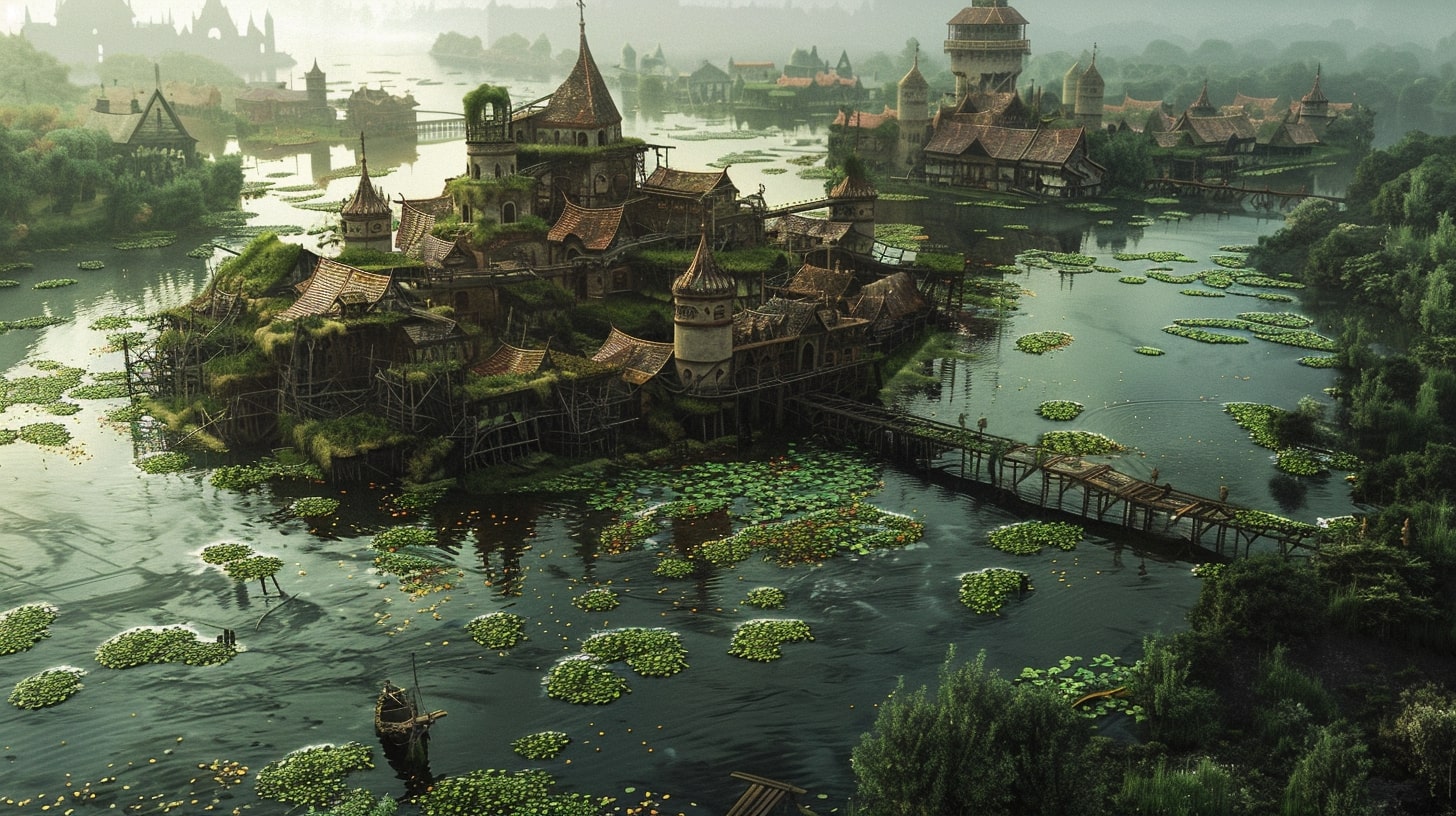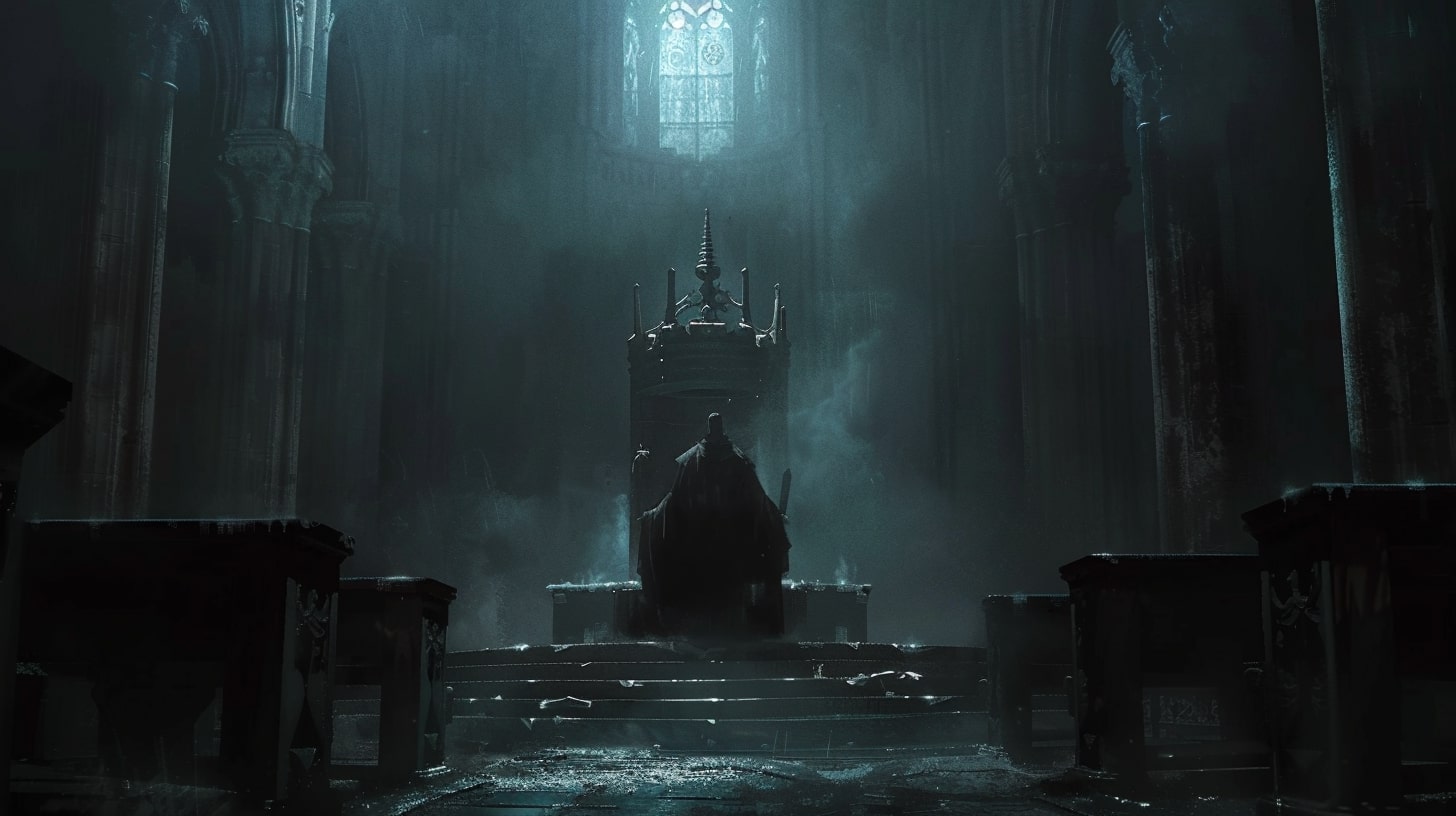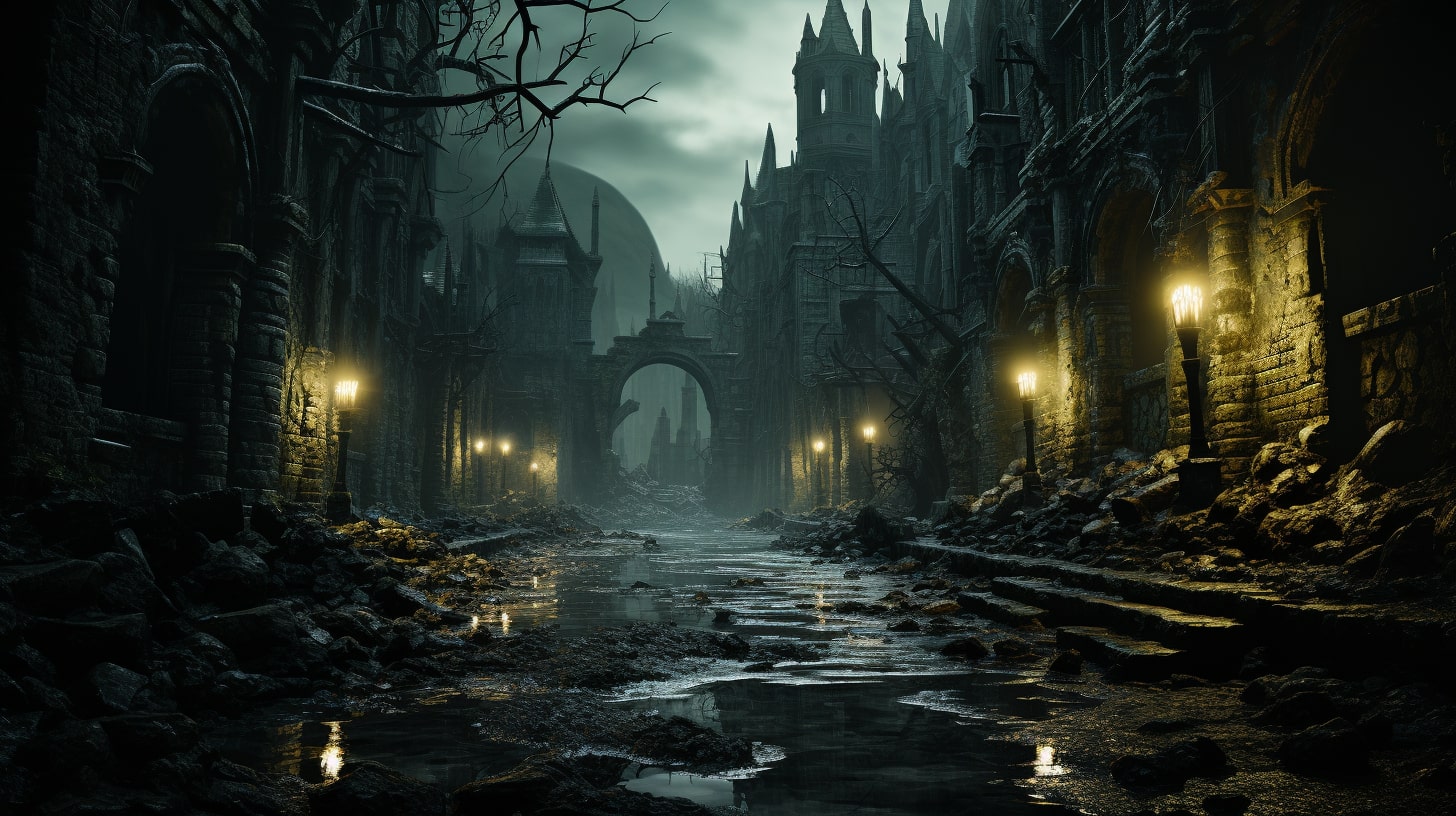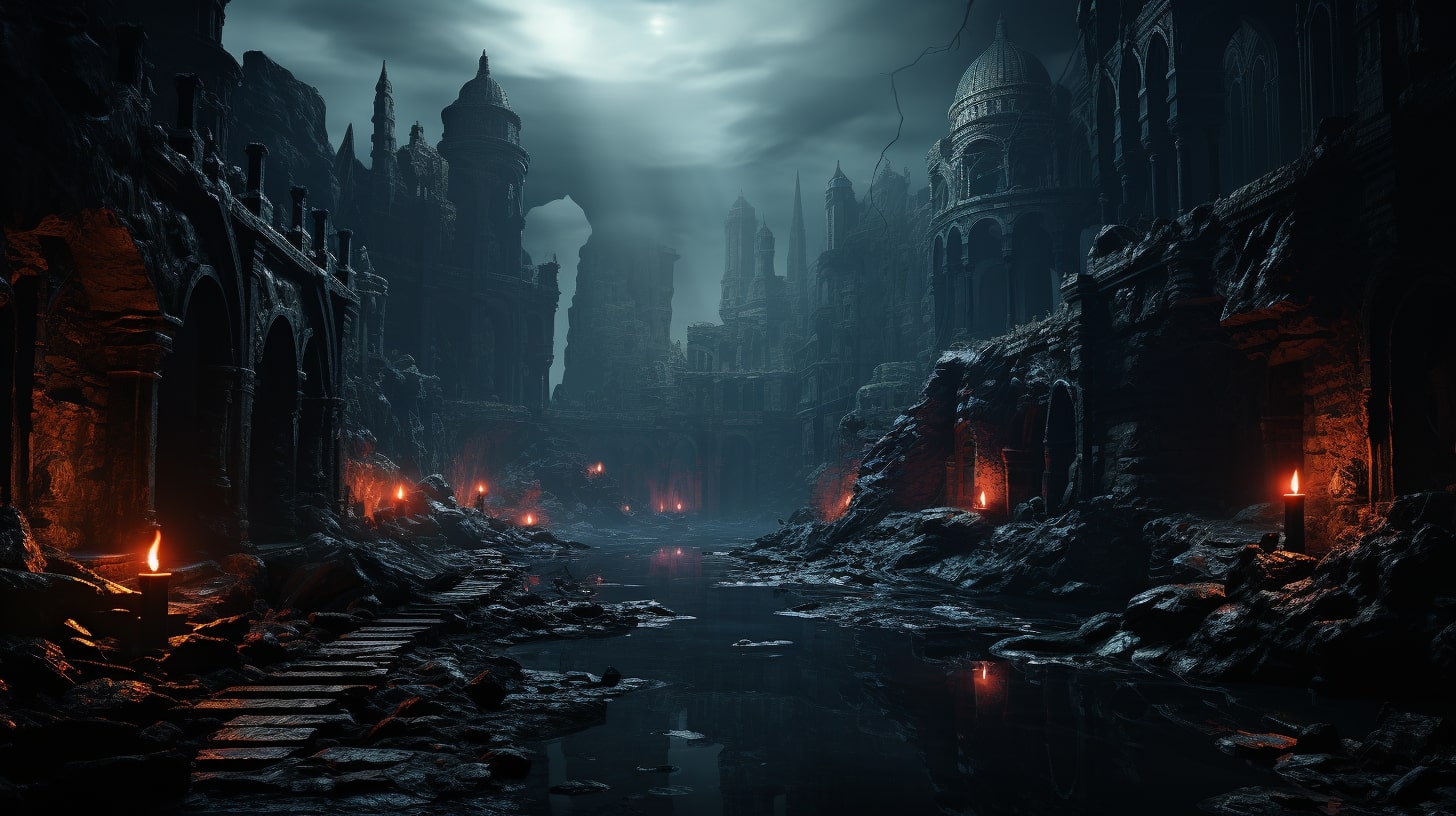The Power of Worldbuilding Architecture
In the realm of fantasy writing, worldbuilding is a vital aspect that transports readers to imaginative and captivating realms. By crafting unique and immersive worlds, you can captivate your audience and bring your story to life.
One essential element of worldbuilding is architecture, which plays a significant role in shaping the landscapes and cultures of your fictional world. This is why understanding worldbuilding architecture can have huge impacts on the story that you create.
Understanding Worldbuilding in Fantasy Writing
Before we delve into the role of architecture in worldbuilding, let’s first understand what worldbuilding entails. In the context of fantasy writing, worldbuilding refers to the process of creating an entire fictional universe, complete with its own history, geography, cultures, and more. It involves constructing a detailed and believable world that readers can fully immerse themselves in.
To effectively build your world, you need to consider various aspects such as geography, cultures, history, religion, and magic systems. Each element contributes to the overall authenticity and richness of your world. By crafting a well-thought-out and cohesive world, you create a foundation for your story to unfold.
The Role of Architecture in Worldbuilding
Architecture serves as a powerful tool in worldbuilding, allowing you to shape the visual and cultural identity of your fictional world. Buildings and structures not only provide physical settings for your story but also reflect the values, beliefs, and history of the societies within your world.
By carefully crafting architectural details, you can establish a sense of place and immerse readers in the unique atmosphere of your world. Consider incorporating specific architectural styles, building materials, and design elements that are characteristic of the cultures and time periods within your world. This attention to detail helps to create an authentic and believable setting.
Architecture can also play a crucial role in storytelling and symbolism. Buildings can be imbued with symbolic meaning, reflecting themes, conflicts, and the values of your fictional societies. A towering castle may represent power and authority, while a humble cottage could symbolize simplicity and humility. By infusing symbolic elements into your architectural descriptions, you can deepen the narrative and enhance the reader’s understanding of your world.
This is what makes Neo Arcadis so appealing to the reader. It’s architecture is unique but it adds to the story as well.
In summary, architecture is an essential aspect of worldbuilding in fantasy writing. Through carefully crafted architectural details, you can establish a sense of place, reflect cultural influences, and enhance the storytelling within your fictional world. By paying attention to the role of architecture and its impact on your story, you can create a rich and immersive world that readers will be eager to explore.

Worldbuilding Architecture: Creating a Sense of Place
In the realm of worldbuilding, architecture plays a vital role in establishing a sense of place within your fictional world. By carefully crafting architectural details and incorporating cultural and historical influences, you can transport readers to the unique settings of your imagination.
Establishing the Setting Through Architectural Details
To create a vivid and immersive world, it’s important to pay attention to architectural details. Describing the architectural style, materials used, and unique features of buildings can help bring the setting to life. Whether you’re describing towering castles, bustling marketplaces, or humble cottages, providing specific details about the architecture can help readers visualize the world you’ve created.
For example, you can describe the intricate carvings adorning the facades of ancient temples, the soaring arches and stained glass windows of Gothic cathedrals, or the colorful mosaic patterns found on the domes of exotic palaces. By incorporating architectural details into your descriptions, you enable readers to see, hear, and feel the world you’ve designed.
Incorporating Cultural and Historical Influences
Architecture is deeply intertwined with culture and history. It reflects the values, beliefs, and lifestyles of the inhabitants of your world. By incorporating cultural and historical influences into your architectural designs, you can create a rich and authentic environment.
Consider the architectural styles prevalent in different regions of your world. Are there distinct architectural traditions within different cultures? How have historical events shaped the development of architecture in your world? You can draw inspiration from real-world architectural styles and adapt them to suit the unique characteristics of your fictional cultures.
For instance, if your world is inspired by ancient Egypt, you can incorporate the grandeur of pyramids and the elegance of obelisks into the architectural landscape. If you draw from medieval Europe, you might feature imposing stone fortresses and timber-framed houses. By weaving cultural and historical influences into your world’s architecture, you add depth and realism to your storytelling.
Remember to utilize this power of worldbuilding architecture to transport your readers into the heart of your imaginary world. By establishing the setting through architectural details and incorporating cultural and historical influences, you can create a sense of place that captivates and enchants your audience.

Building Functional Structures
In the world of worldbuilding, it’s essential to create functional structures that not only add depth to your fictional world but also serve a purpose for the inhabitants. When designing buildings for your world, you should consider the needs and lifestyle of the inhabitants as well as ensure that the structures are designed to fulfill a specific purpose.
Considering the Needs and Lifestyle of the Inhabitants
Before diving into the design of your world’s architecture, take a moment to consider the needs and lifestyle of the inhabitants. Different cultures and societies may have varying requirements in terms of living spaces, work environments, and communal areas.
For example, if your world consists of nomadic tribes, their structures may need to be portable and easily assembled. On the other hand, if you’re building a bustling city, you might need to incorporate high-rise buildings or dense residential areas to accommodate a large population.
Understanding the daily lives, traditions, and habits of your world’s inhabitants will allow you to create structures that are realistic and believable. By aligning the architecture with the lifestyle of the inhabitants, you can create a sense of authenticity and immerse your readers in the world you’ve created.
Designing Buildings to Serve a Purpose
In addition to considering the needs of the inhabitants, it’s important to design buildings that serve a purpose within your world. Each structure should have a reason for existing and contribute to the functionality of the world.
Ask yourself: What is the function of this building? Is it a place of worship, a market, a government building, or a residential home? By understanding the purpose of each structure, you can design architectural elements that align with its function.
For example, a temple might feature intricate carvings and grand entrances to reflect its significance as a sacred space. A market, on the other hand, might have open-air stalls and bustling activity to create a vibrant and lively atmosphere. The design choices you make should reinforce the purpose and character of each building.
By considering the needs and lifestyle of the inhabitants and designing buildings that serve a purpose, you can create a world with functional and believable structures. This attention to detail will enhance the reader’s experience and add depth to your worldbuilding efforts.

Symbolism and Storytelling Through Architecture
In the realm of worldbuilding, architecture plays a powerful role in conveying themes, values, and the overall narrative of your fantasy world. By carefully designing and describing the buildings within your fictional world, you can use architecture to reflect themes and values and infuse buildings with symbolic meaning.
Using Architecture to Reflect Themes and Values
One way to enhance your worldbuilding is to use architecture as a means to reflect the themes and values that are central to your story. Consider the underlying concepts and ideas you want to convey and explore how they can be visually represented through the design and purpose of the buildings in your world.
For example, if your story revolves around the theme of power and control, you might create grand palaces or fortresses with towering structures and imposing facades. These architectural choices can visually communicate the dominant nature of the ruling class and the stark divide between the powerful and the powerless.
On the other hand, if your story emphasizes equality and harmony, you might envision a society where buildings are designed with communal spaces and open layouts that promote collaboration and inclusivity. By incorporating these elements into your world’s architecture, you can reinforce the values and ideals that drive your narrative.
Infusing Buildings with Symbolic Meaning
Architecture can also serve as a powerful tool for storytelling by infusing buildings with symbolic meaning. Just as objects and characters can carry symbolic weight, so too can the structures within your world. Consider the cultural and historical context of your world and how it can influence the design and purpose of the buildings.
For instance, a towering spire in the center of a city might symbolize spirituality or the presence of a divine being, while a dilapidated and forgotten ruin could represent the decay of a once-great civilization. By imbuing buildings with symbolic meaning, you can enhance the depth and richness of your world, providing readers with additional layers of storytelling.
Remember to provide vivid descriptions of the architectural details, highlighting the symbolism and meaning behind each structure. Engage the senses of your readers by describing the textures, colors, and sounds associated with the buildings. This will allow your audience to immerse themselves in your world and experience the power of worldbuilding architecture firsthand.
By utilizing architecture as a storytelling tool, you can bring your fictional world to life and create a truly immersive experience for your readers. Through thoughtful design choices and symbolic representations, you can weave themes, values, and narratives into the very fabric of your world. So go forth and unlock the secrets of worldbuilding architecture to captivate and engage your audience.
Architectural Styles and Aesthetics
When it comes to worldbuilding, architectural styles and aesthetics play a crucial role in shaping the visual identity of your fictional world. By exploring different architectural styles and blending real-world and imaginary elements, you can create unique and captivating settings that immerse readers in your world.
Exploring Different Architectural Styles for Inspiration
To kickstart your journey into worldbuilding architecture, take the time to explore various architectural styles for inspiration. Different architectural styles, such as Gothic, Renaissance, or Art Deco, can evoke specific moods and cultural influences. By studying real-world architecture, you can identify elements that resonate with your world’s themes, cultures, and time periods.
Consider incorporating architectural styles that align with the characteristics and values of the civilizations in your world. For example, if your world features a technologically advanced society, futuristic and sleek architectural styles may be appropriate. On the other hand, a medieval-inspired world may feature castles, fortresses, and timber-framed buildings. The key is to select architectural styles that enhance the overall atmosphere and narrative of your world.
By blending elements from different architectural styles, you can create a unique aesthetic that sets your world apart. Don’t be afraid to experiment and combine features from different time periods or cultures to create visually captivating and culturally diverse settings. This blend of styles can add depth and richness to your world, making it feel more vibrant and realistic.
Blending Real-World and Imaginary Architectural Elements
While real-world architectural styles serve as a valuable source of inspiration, don’t limit yourself to replicating existing buildings. Instead, infuse your world with imaginary architectural elements that push the boundaries of what is possible. This allows you to create structures that are uniquely suited to your world’s needs and aesthetics.
Consider the fantastical aspects of your world and how they can be reflected in architecture. If magic is a prominent feature, imagine buildings with floating platforms, intricate enchantments, or organic structures shaped by mystical forces. Let your imagination run wild as you design structures that are not bound by the limitations of reality.
To enhance the reader’s understanding of your world’s architecture, vividly describe the intricate details, materials, and unique features of your buildings. Engage the senses by describing the textures, colors, and sounds associated with your architectural creations. This helps readers to visualize and immerse themselves in your world’s architectural wonders.
Remember to maintain consistency within your world’s architectural design principles to ensure a cohesive and believable environment. Strive for a balance between familiarity and novelty, as this will help readers connect with your world while still appreciating its imaginative elements.
By exploring different architectural styles for inspiration and blending real-world and imaginary elements, you can create a world rich in architectural diversity and visual appeal. Through vivid descriptions and careful consideration of cultural influences, your world’s architecture can become a powerful tool for storytelling and worldbuilding.
Enhancing the Reader’s Experience
To truly immerse your readers in the world you’ve created, it’s essential to enhance their experience through vivid descriptions and engaging architectural details. By painting a clear picture of your world’s buildings and structures, you can transport your readers into a rich and captivating environment.
Immersing Readers in the World Through Vivid Descriptions
When describing the architecture of your world, it’s important to use vivid and evocative language that appeals to your readers’ senses. Take your readers on a journey by using descriptive words and phrases to bring your buildings to life. Consider the following examples:
- The towering spires of the palace gleamed in the golden sunlight, casting long shadows over the bustling marketplace.
- The narrow cobblestone streets wound their way through the labyrinthine city, lined with ancient stone buildings adorned with intricate carvings.
- The grand library stood as a testament to knowledge, its vast halls filled with the scent of aging books and the soft rustle of turning pages.
By incorporating sensory details such as sight, sound, and smell, you can create a more immersive experience for your readers. Allow them to feel as if they are walking the streets of your world, taking in the sights and sounds around them.
Engaging the Senses with Architectural Details
In addition to vivid descriptions, engaging your readers’ senses through architectural details can enhance their connection to your world. Consider the specific materials used in the construction of your buildings, and how they might feel or sound to the touch. For example:
- The ancient stone walls of the castle radiated a coolness that provided respite from the scorching sun.
- The wooden beams creaked softly as the wind whispered through the cracks, giving the tavern a cozy and welcoming atmosphere.
- The stained glass windows bathed the cathedral in a kaleidoscope of colors, casting ethereal patterns of light across the polished stone floors.
By incorporating these sensory details, you can create a more immersive experience for your readers, allowing them to feel as if they are physically present in your world.
Remember to use internal links within your text to provide additional resources and inspiration for worldbuilding. For more ideas and tips on worldbuilding, check out our articles on worldbuilding ideas, worldbuilding prompts, and worldbuilding techniques.
By immersing your readers in the world through vivid descriptions and engaging their senses with architectural details, you can create a world that feels tangible and captivating. So, unleash your creativity and let your buildings become an integral part of your readers’ journey through your fantastical world.


